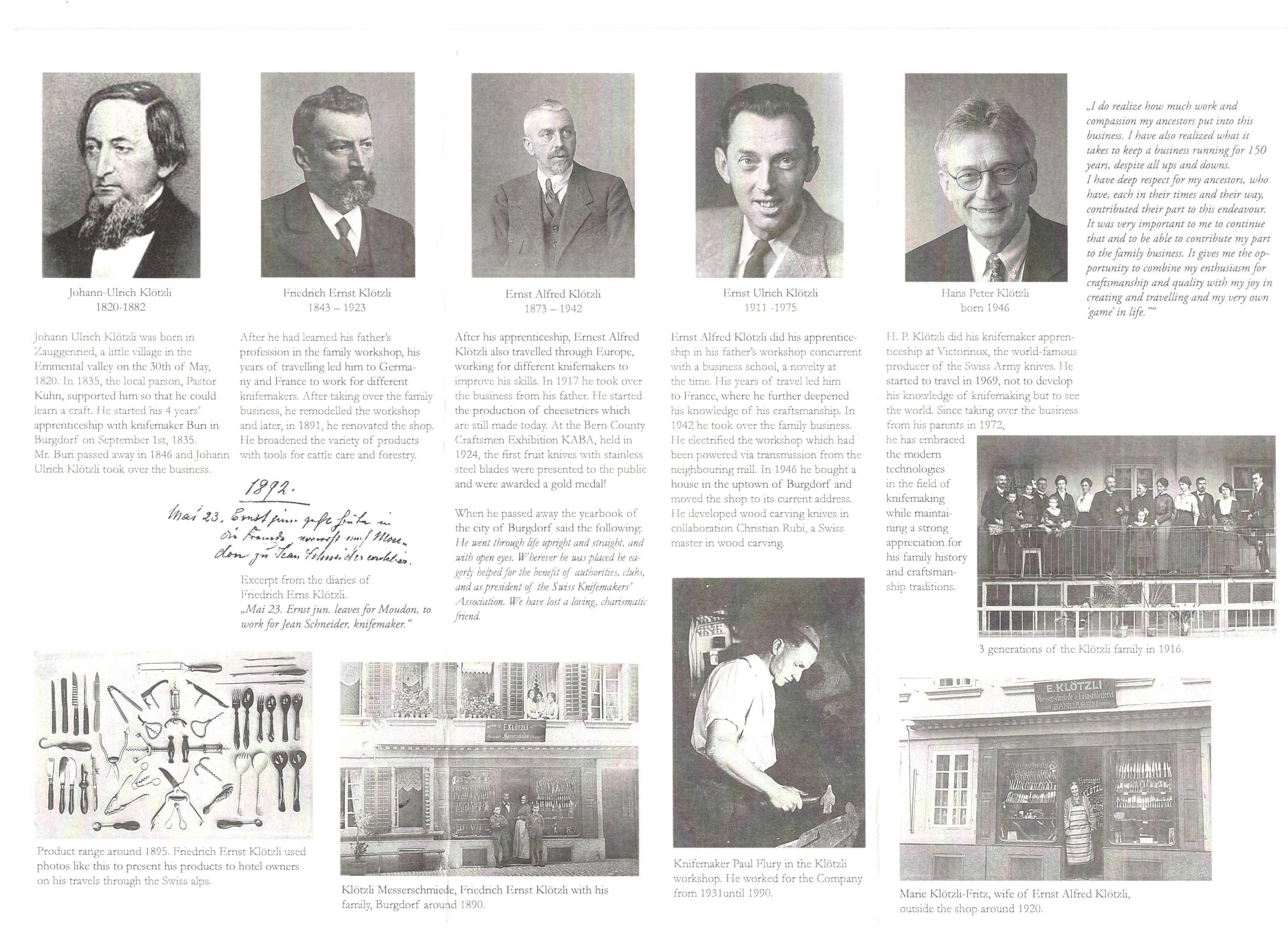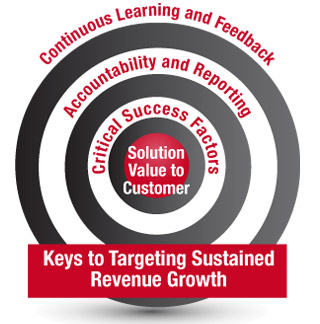By Peter Klinge, Jr.
The right product idea(s) can transform any company, even in a mature one, into new exciting directions and possibilities. To be intrapreneurial is to reinvent and leverage your own ideas and to align an organization’s people to find new markets and deliver innovative products.
Handstands, a small Utah company, was founded in 1983 on the simple idea of making and selling mouse pads for the growing desktop computer market.
But by the early 2000s the market was mature and the future not too bright. The simple product idea at its peak created sales of about $10MM. The company today which is now owned by a division of Energizer boasts sales of more than $100MM as the leading provider of auto air freshener products.
Chris Anderson, the recent CEO of Handstands, told the story of how by 2002 the company needed to think about new product ideas and markets. They assessed what they did well in making products and maintaining important distribution relationships with good retail partners.
He references how the once entrepreneurial company of mouse pads became intrapreneurial to figure out how to reinvent itself. Few entrepreneurs can shift gears to leave the original product behind but Handstands was different. In his October, 2016 talk at ACG Utah Chris spoke about identifying under served markets to create and build consumable products.
Handstands, as a relatively small Utah company, didn’t have the product development or marketing resources of a much larger consumer packaged goods players such as P&G. Yet they were able to 10 x the business’ revenue in the last 15 years by identifying, and trying new products with new markets.
The company’s co-founders enjoyed satisfactory success with the making of mouse pads and dust covers for PCs. For many years the PC category- especially the desktop market- was growing rapidly and Handstands kept increasing its penetration.
However, in time their market was declining; further they realized that there was very little repeat business. Unfortunately, once people had a mouse pad they didn’t replace them too frequently.
Opportunity came as Handstands observed that car Air Fresheners was a small category with only 2 real products available. One was the well-known paper tree and the other was a licensed product with the Sponge Bob character. The company thought they could use their knowledge of plastics and process intellectual property to offer a differentiated and branded consumable product. This combined with expertise in channel relationships gave the company a chance to merchandise their products.
A key customer target insight was that most of the available products were geared only to appeal to men. Handstands set out to borrow ideas from studying household air freshener products. The company identified that there was a women’s market opportunity. Product preferences for auto air fresheners that would appeal to women buyers/users did not exist.
The company created an array of consumable air freshener products targeted to women buyers in channels where women would likely shop. Today Handstands enjoys a significant consumable business with their own branded products that lead the car air freshener/novelty market segment. Brands included are Bahama & Co, Refresh Your Car, Driven by Fresh, and California Scents. In addition to auto air fresheners the company continues to innovate with new products and acquisitions that include brands in cleaning and conditioning, and anti bacterial wipes.
Moreover, today Handstands is recognized by major retail chains as a category segment expert in evaluating what auto care products will sell well e.g. identifying for Target which product might be a better seller on their shelves.
By 2016 Handstands achieved leadership status as the # 1 auto air freshener in both revenue and unit sales in a billion dollar category. Energizer Holdings purchased Handstands for a reported $340MM in the spring of 2016.
In summary the keys of success can be seen as:
- Product development is a pathway to innovation, category leadership, and more revenue and profit;
- Even an under resourced small company can find new product and revenue streams;
- Identify under served markets that are below the radar of the big companies. Most major packaged goods companies today don’t want to market brands or be in categories that are smaller than a billion in annual revenue.
- Build repeat revenue through consumable product brands based on good quality, differentiated products, and develop category leadership to become an influencer with key retail buyers;
- Business success through reinventing a company or its products can be just as rewarding, and perhaps more sustainable than one product only entrepreneurial endeavors.
- Be intrapreneurial to constantly evaluate your market, customer, and product position, and consider new revenue pathways to maintain a leadership position.
If your company is seeking ways to reach the next stage of growth, please contact Peter Klinge.






 On a July, 2015 visit to Apple’s Chicago store on Michigan Avenue, the “magnificent mile”, I was excited to look at the Apple Watch. But then I pretty quickly became confused, and walked away with none on my wrist.
On a July, 2015 visit to Apple’s Chicago store on Michigan Avenue, the “magnificent mile”, I was excited to look at the Apple Watch. But then I pretty quickly became confused, and walked away with none on my wrist.
















1 comment